Dogs sniff out hidden aquatic hitchhikers
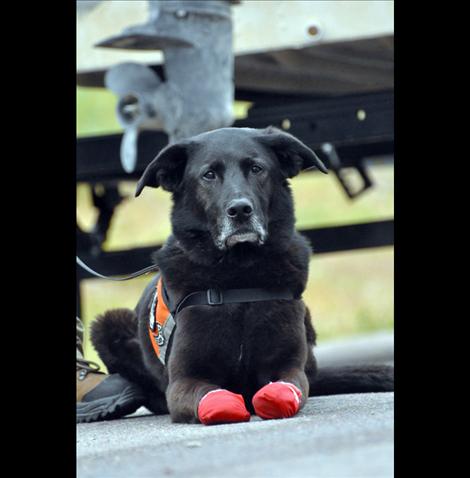
Megan Strickland
Wicket, one of two canines trained to sniff out aquatic invasive species, was on the job Sunday in the checkpoint along Highway 93 south of Ronan.
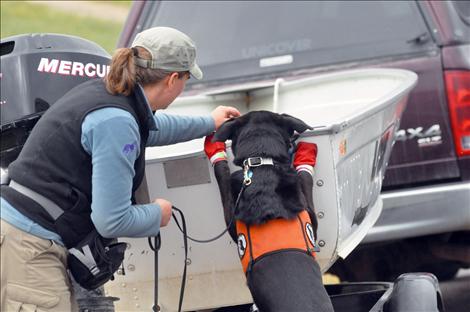
Megan Strickland
Wicket, one of two canines trained to sniff out aquatic invasive species, was on the job Sunday in the checkpoint along Highway 93 south of Ronan.
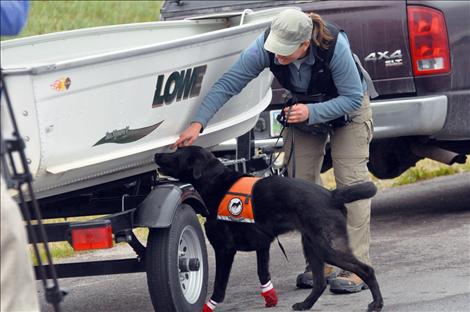
Megan Strickland
Wicket, one of two canines trained to sniff out aquatic invasive species, was on the job Sunday in the checkpoint along Highway 93 south of Ronan.

Megan Strickland
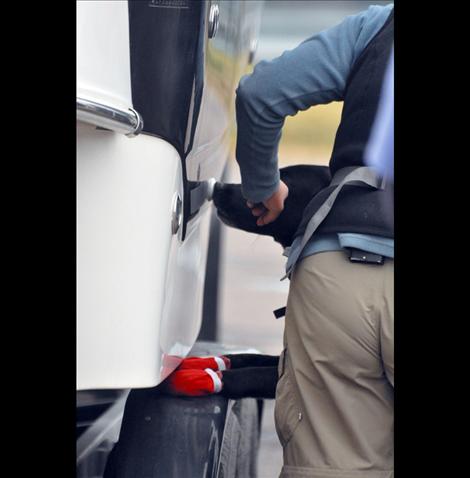
Megan Strickland
Tia, one of two canines trained to sniff out aquatic invasive species, was on the job Sunday in the checkpoint along Highway 93 south of Ronan.
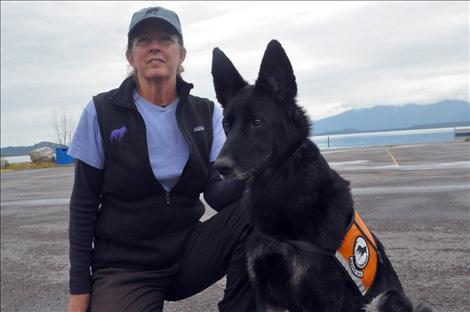
Megan Strickland
Tia, one of two canines trained to sniff out aquatic invasive species, was on the job Sunday in the checkpoint along Highway 93 south of Ronan.

Megan Strickland
Tia, one of two canines trained to sniff out aquatic invasive species, was on the job Sunday in the checkpoint along Highway 93 south of Ronan.

Megan Strickland
Tia, one of two canines trained to sniff out aquatic invasive species, was on the job Sunday in the checkpoint along Highway 93 south of Ronan.

Megan Strickland

Megan Strickland
Tia, one of two canines trained to sniff out aquatic invasive species, was on the job Sunday in the checkpoint along Highway 93 south of Ronan.
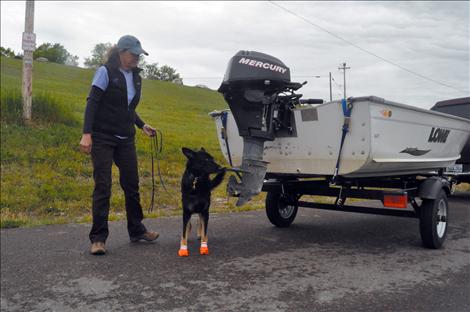
Megan Strickland
Tia, one of two canines trained to sniff out aquatic invasive species, was on the job Sunday in the checkpoint along Highway 93 south of Ronan.
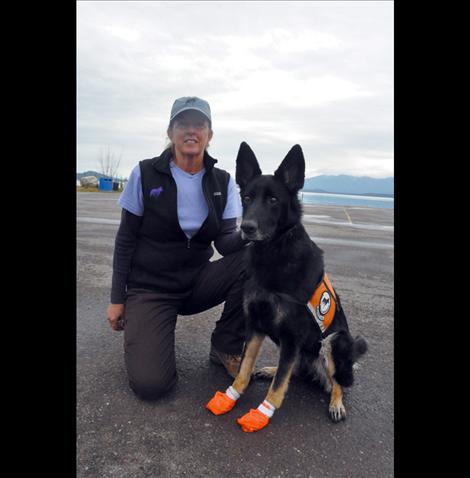
Megan Strickland
Tia, one of two canines trained to sniff out aquatic invasive species, was on the job Sunday in the checkpoint along Highway 93 south of Ronan.
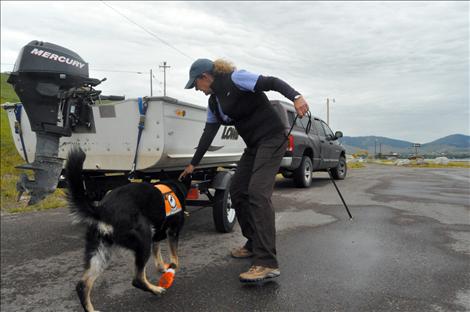
Megan Strickland
Tia, one of two canines trained to sniff out aquatic invasive species, was on the job Sunday in the checkpoint along Highway 93 south of Ronan.

Megan Strickland
Wicket, one of two canines trained to sniff out aquatic invasive species, was on the job Sunday in the checkpoint along Highway 93 south of Ronan.
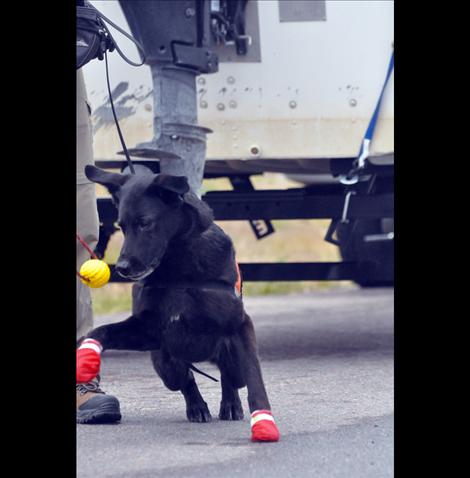
Megan Strickland
Wicket, one of two canines trained to sniff out aquatic invasive species, was on the job Sunday in the checkpoint along Highway 93 south of Ronan.
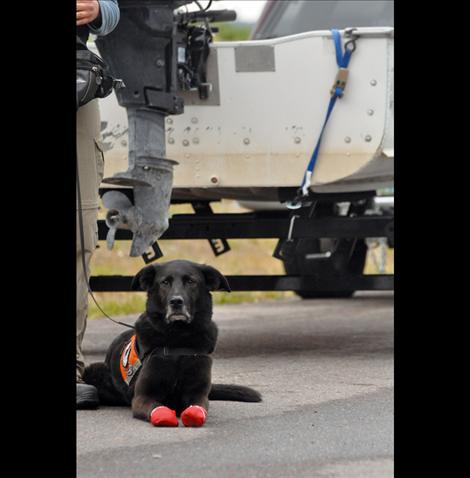
Megan Strickland
Wicket, one of two canines trained to sniff out aquatic invasive species, was on the job Sunday in the checkpoint along Highway 93 south of Ronan.
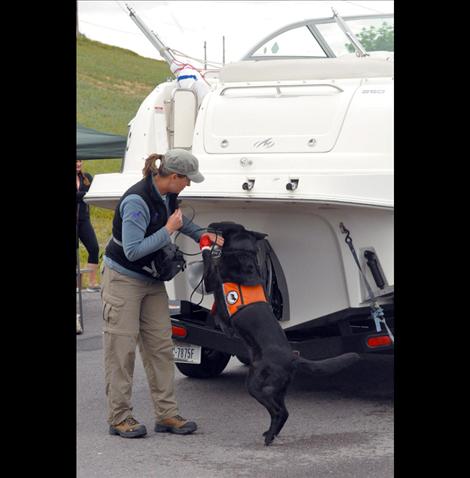
Megan Strickland
Wicket, one of two canines trained to sniff out aquatic invasive species, was on the job Sunday in the checkpoint along Highway 93 south of Ronan.

Megan Strickland
Wicket, one of two canines trained to sniff out aquatic invasive species, was on the job Sunday in the checkpoint along Highway 93 south of Ronan.
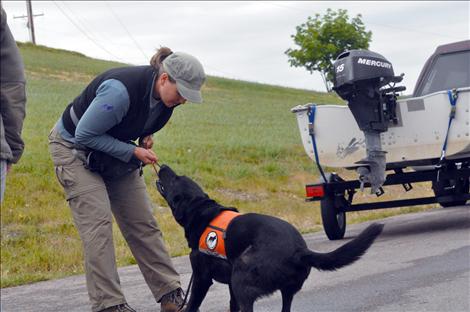
Megan Strickland
Wicket, one of two canines trained to sniff out aquatic invasive species, was on the job Sunday in the checkpoint along Highway 93 south of Ronan.
Issue Date: 6/18/2014
Last Updated: 6/17/2014 3:54:49 PM |
By
Megan Strickland
Keep Reading!
You’ve reached the limit of 3 free articles - but don’t let that stop you.















